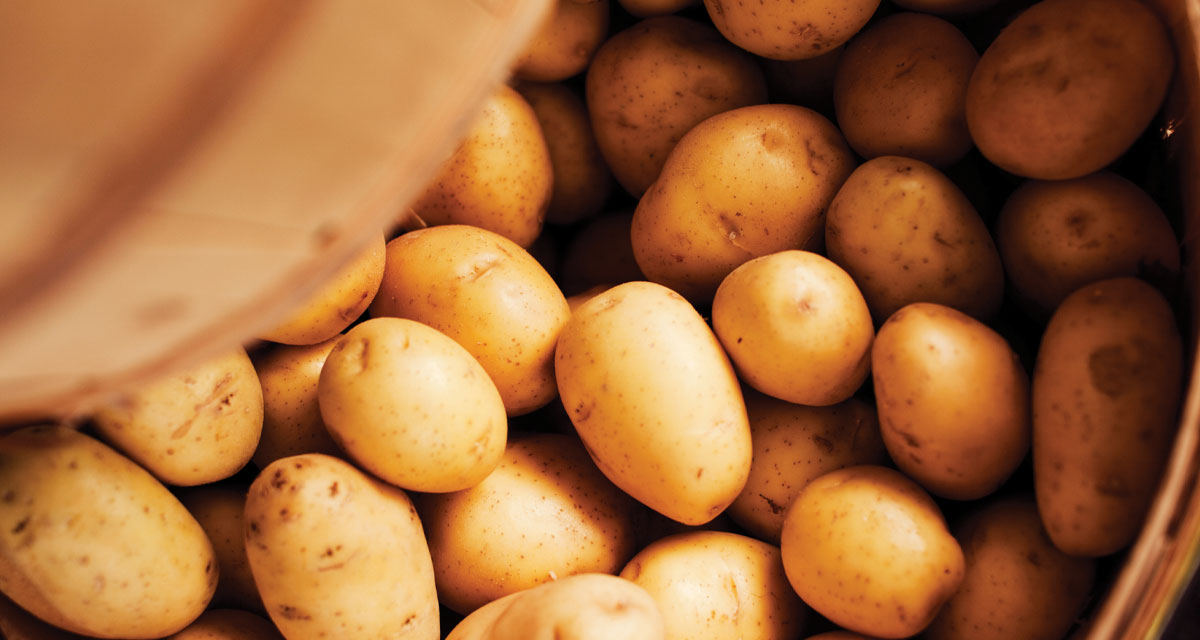“What-if?” these worrisome words arrive in the conscious spinning topics in our minds, from safety and financial security to loved ones and pet health. Asking, “What can I do?” leads to a proactive decision to invest time in the ultimate insurance policy—valuable life skills comprising security, shelter, food, water, and medical care! In any emergency, from extreme weather to a personal disaster, you have the power to take charge of your fate by making plans and taking action!
Having extra food on hand is not a mindset of paranoia; we currently live in unprecedented times of scarce items that were once readily available. Factor in concerns about power outages or a loss of employment, and this leads to a new way of thinking—a smart plan for preserving food, for example. The clever idea of underground food storage began with the pioneers of the 1860s, who needed a cold regulated room, between 32 and 40 degrees Fahrenheit, for root vegetables, fruits, and dried grains. Specialized cellars offered cheese caves and spring houses for milk and cream, that expanded to contain a pantry for canned jars. Our great-grandparents and grandparents had just the place, whether it was not far from home or in the basement. Today, the modern root cellar is just as vital as backyard gardens and wood stoves, a lifestyle striving for independence.
The Balance of a Root Cellar
Long-term storage is the goal of all food preservation endeavors. Temperatures above 40 degrees allow bacteria to grow, increasing the rotting process. While a dark closet within the home may work for the short term, gases and humidity increase as fruit matures. This is part of the rotting process. Cabbage and turnips, for instance, produce sulfur compounds if ventilation isn’t factored into the plan. In thinking about balance, humidity is essential to maintain the crisp nature of fresh leafy vegetables and fruits; therefore, most root cellars have a dirt floor to absorb moisture, while gravel acts as a buffer to keep the ground damp-free. Air circulation is vital, a management tool to remove vegetable odors and ethylene gas by means of PVC pipes to release the pressure to the outside.
Types
Homeowners with a basement are fortunate to have a self-contained cold storage location. Choose a site with a window and away from heat sources. Don’t worry about light; black-out curtains work effectively. Installing a PVC pipe can allow for ventilation. Without a window, installing a tube through a hole may be the next best solution. Concrete block with foam insulation or plastic sheeting serves as a quality vapor barrier for the walls and ceiling. The ideal temperature and humidity will depend upon the type of food you wish to store. For instance, apples, beets, carrots, and parsnips do well in cold storage between 32 and 40 degrees and a humidity level spanning 90 to 95%. On the other hand, potatoes maintain stability between 35 to 45 degrees at the same humidity level.
Additional Types:
- Front Porch Root Cellar: One area with established footings is just below the front porch. Additional expansion, such as a foundation wall, completed footings, an insulated exterior grade door from the basement, and vent holes may also serve as a solution for the intended goal and location.
- Wood Framed Root Cellar: Similar to a shed, the structure is made from concrete blocks and reinforced with rebar and a concrete ceiling. Most experts advise digging a trench to serve as the entrance, which leads ten-plus feet below the surface.
- Earthbag Root Cellar: The earthbag is a cost-effective material, with sand, tied and stacked, to form a Hobbit-like structure. Grass grows to create a natural mound, perfect for the project and less expensive than using concrete blocks.
- A Ready-Made Root Cellar: Thinking outside the box, people use their discarded chest freezers or refrigerators, barrels, garbage cans, and septic systems with effective results.
Knowledge passed down from our ancestors taught us the basic rules of food storage and the art of erecting a root cellar. Plans and the how-to are readily available online or in book format. The options are vast, and the cost is feasible. Consider the alternative if you are tired of tossing fresh produce into the trash. Access to cold storage changes your perspective on planning a garden and implementing new methods to preserve the harvest.
Next Month: Buying Ideal Land























